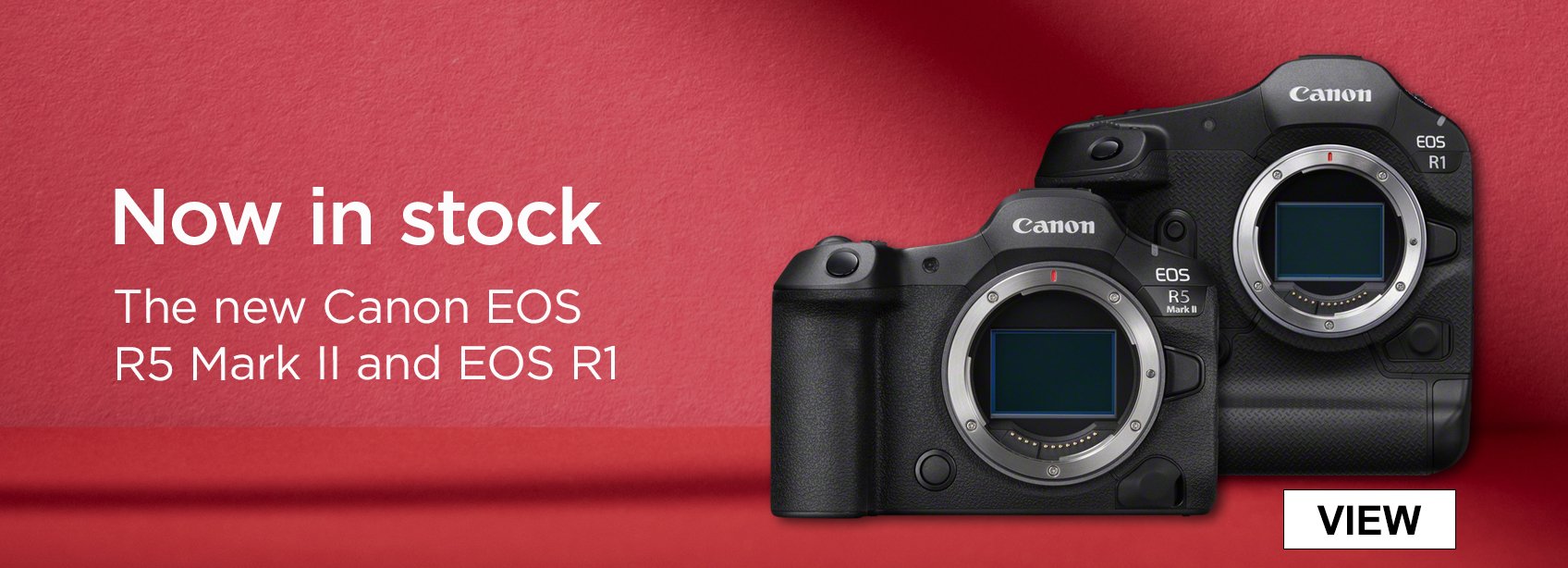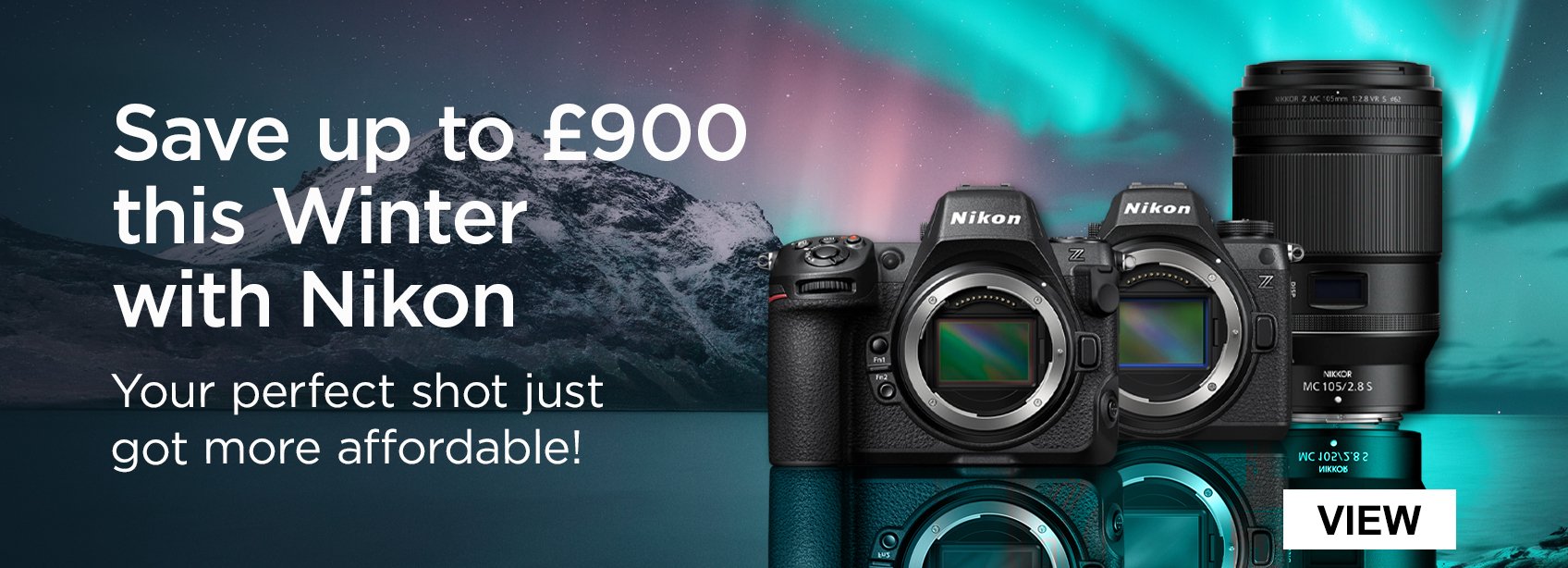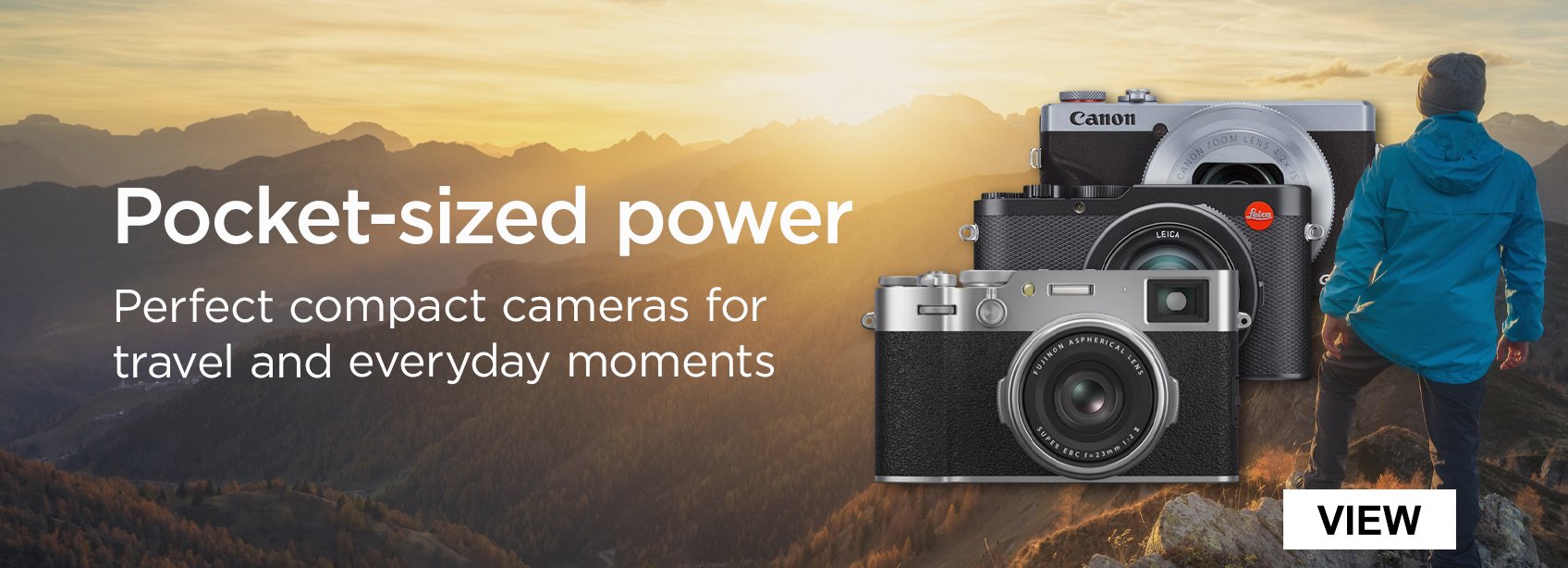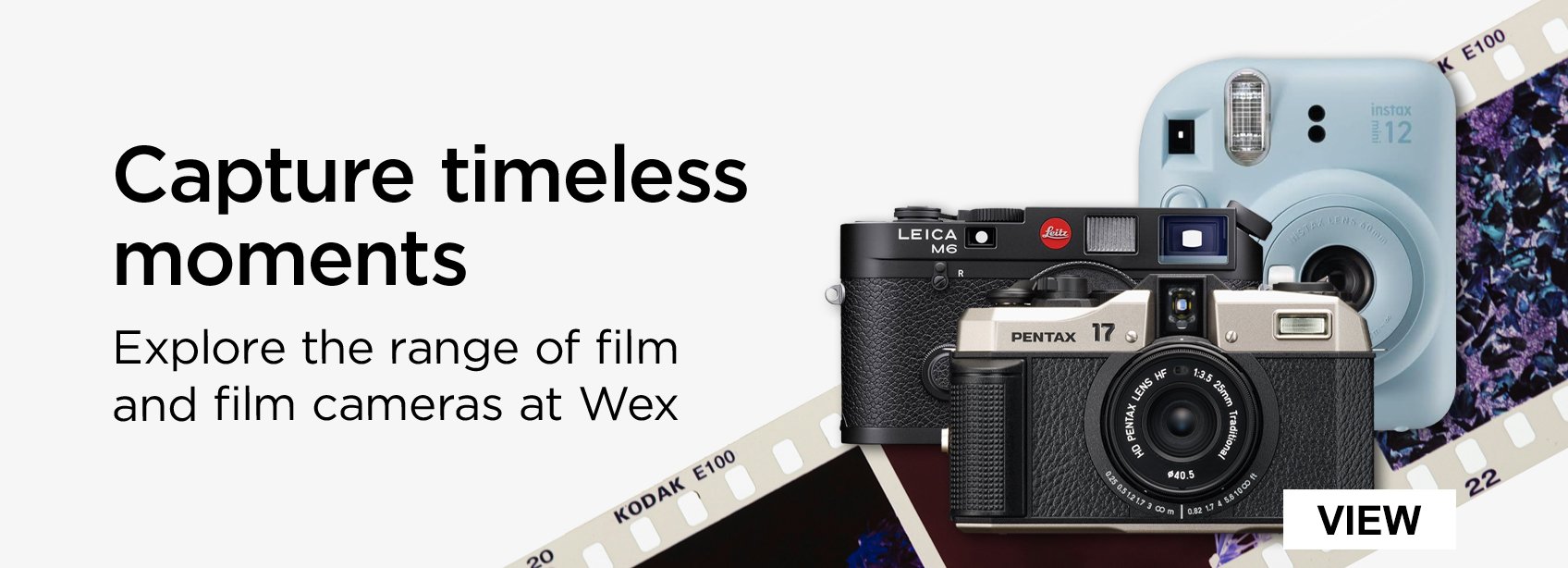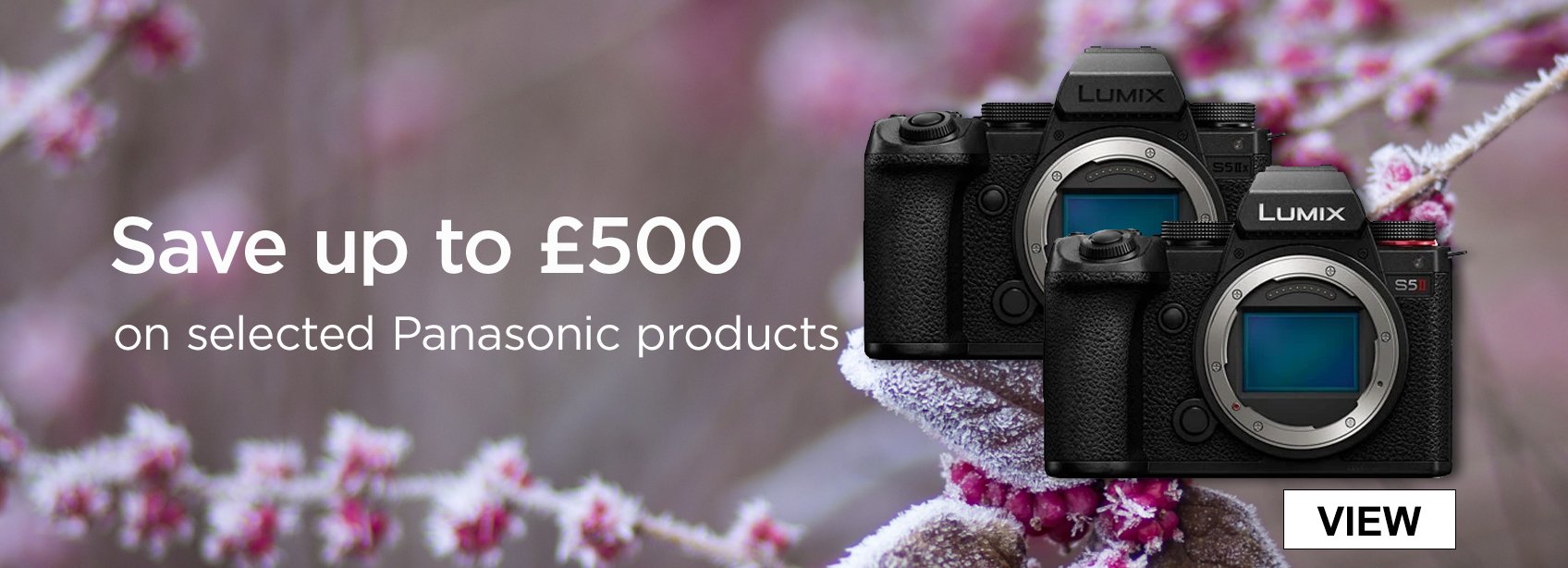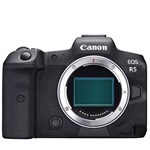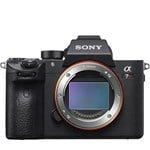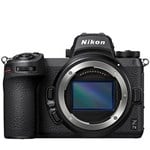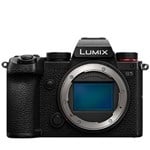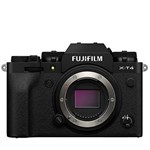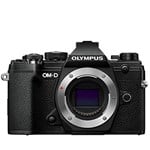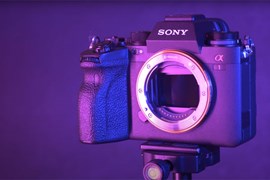- The UK’s largest and most trusted photography retailer
- Free next-day delivery on orders over £500
- 45-day returns policy
- Expert advice available online and in-store
-
UK’s largest, most trusted photography retailer
-
Trade-in to trade-up – cash or credit available
-
Free next-day delivery on orders over £500
-
45-day returns policy
-
Expert advice available online and instore
Mirrorless cameras are some of the most exciting cameras on the market! These cutting-edge models represent the cutting edge of photo and video technology, with class-leading autofocus, sophisticated electronic viewfinders, blistering burst speeds and a whole lot more.
While there will always be a place for the DSLR, more and more photographers are discovering the excitement of mirrorless cameras. What’s more, with mirrorless lenses for different systems getting better and better, there’s never been a better time to pick up your first mirrorless camera body.
Scroll down for a quick intro to the basics of mirrorless system cameras and to see our mirrorless camera deals and offers. And if you want to go more in-depth, check out our detailed mirrorless digital camera buying guide.
Refine
Compare items Select up to 4 products to compare
Please select at least two products to compare
Compare items Remove AllMirrorless Cameras
What is a mirrorless camera? Sometimes referred to as “compact system cameras”, these essentially are similar to DSLRs, in that they have lens mounts that allow you to swap lenses over at will. The crucial difference, however, is that mirrorless cameras lack the reflex mirror mechanism that enables DSLRs to field optical viewfinders. Hence the name – mirror-less!
Light passes directly onto the sensor of a mirrorless camera, and the image is previewed using the LCD screen or an electronic viewfinder (EVF), which is essentially a mini LCD screen. Mirrorless cameras tend to be smaller and more lightweight than DSLRs, and their simpler internal mechanisms makes it easier for them to make use of image stabilisation systems. This reduces image blur caused by hand-held camera-shake.
Fewer moving parts also means a silent shooting mechanism, faster shooting speed and snappier autofocus. Being fast and quiet makes mirrorless cameras great for video. Mirrorless autofocus performance has improved greatly too, as they now use a combination of phase-detection and contrast-detection for optimal results.
There are some trade-offs, however. Mirrorless cameras tend to be less thoroughly weather-sealed than DSLRs, and the fact that DSLRs don’t have to generate a continuous live preview means their batteries can hold out for longer.
As with all things, it’s about sussing out what’s right for you!
Mirrorless Camera Brands
There are quite a few different mirrorless camera brands, each with their own pros and cons. Let’s run through the key players.
Sony has a particularly extensive stable of mirrorless cameras. No matter your skill level, and no matter what you like to shoot, there will very likely be a suitable Sony camera for you. Sony produces mirrorless cameras with one of two sensor sizes – full-frame, or the smaller APS-C.
Many of Sony’s cameras tend to be quite specialised. Some are built for speed, with fast autofocus and blistering burst rates designed to freeze fast action. Some are designed to capture as much image detail as possible, boasting sky-high megapixel counts. There are Sony cameras that specialise in low-light work, with high-ISO settings that can practically turn night into day. And of course, there are the top-end models that can simply do it all.
Canon offers two ranges of mirrorless cameras – the flagship EOS R series, and the stylish, travel-friendly EOS M series. The EOS R system, which began in 2018, consists of some of the most advanced full-frame professional mirrorless cameras on the market, for both stills and video. However, Canon has also done an excellent job of offering a range of beginner-friendly APS-C models in the series, making it an excellent place to start if you’re looking for your first mirrorless camera.
The EOS M series, meanwhile, is consistently popular among enthusiast and travel photographers. Using its own EF-M lens mount, the series is designed to offer flexibility and on-the-go convenience without sacrificing image quality. Both varieties of Canon mirrorless camera can also be adapted to use EF-mount DSLR lenses.
The Nikon mirrorless system consists of just one series of cameras and lenses – the Nikon Z range. With options for beginners, enthusiasts and professionals alike, the Nikon Z series of mirrorless cameras use a larger lens mount compared to Nikon DSLRs. The Z-mount has a very short flange distance (i.e. the distance between the lens mount and the sensor) and a very wide diameter, improving its light-gathering ability compared to other systems.
Many Nikon Z mirrorless cameras are particularly built for speed. With lightning-fast autofocus and industry-leading burst rates, Nikon mirrorless cameras are particularly favoured by wildlife photographers, sports shooters and birders. The Z range includes both full-frame and APS-C mirrorless cameras, the latter of which are more oriented towards beginners.
The Fujifilm X mirrorless cameras have a devoted fanbase, and it’s easy to see why. Fujifilm embraced a retro feel for the X series, meaning its cameras not only take stylish design cues from film SLRs of decades past, but also tend to have abundant physical control dials and buttons, providing a unique and intuitive shooting experience.
They may be retro on the outside, but inside, Fujfiilm mirrorless cameras are cutting-edge. With some of the best colour science on the market, Fujifilm X cameras are particularly good for those who don’t want to spend much time editing their images, with punchy colours produced straight out of camera. The famous ‘Film Simulation’ modes let you take this one step further and give your digital images a stylishly analogue feel.
Panasonic was one of the first manufacturers to produce a mirrorless camera, and it is still going strong today with two fantastic ranges. The Lumix G cameras are part of the Micro Four Thirds standard, meaning they are lightweight and travel-friendly, and can also interchangeably use MFT lenses made by Olympus / OM System. The newer Lumix S cameras use full-frame sensors and take Leica L-mount lenses.
Both Panasonic ranges include cameras that are particularly adept at shooting video, offering a comprehensive range of resolutions, frame rates and video codecs. Panasonic also offers a number of excellent ‘hybrid’ cameras, meaning those that excel at both stills and video. If you’re a jack-of-all-trades content creator, Panasonic Lumix cameras could offer you everything you need in one package.
The Olympus legacy lives on as OM System, following the sale of the Olympus imaging division to OM Digital Solutions. Enthusiasts need not worry – OM System is doing a fantastic job of continuing and updating the Olympus mirrorless range. All OM System / Olympus mirrorless cameras are part of the Micro Four Thirds standard, a smaller sensor size that allows for lighter bodies and lenses, making them ideal for travel.
OM System / Olympus cameras also tend to have highly effective in-body image stabilisation (IBIS) systems, making it easier to get sharp shots while shooting handheld. The weatherproofing on these models is exceptional, with more recent OM System cameras boasting IP53-rated sealing. All this adds up to a sophisticated, travel-friendly mirrorless system.
Trade In
Service
Looking to trade in your equipment?
Get an instant online quote & check eligibility for trade in bonuses »
Looking to trade in your equipment?
Get an instant online quote & check eligibility for trade in bonuses »
Trade In
Service
Looking to trade in your equipment?
Get an instant online quote & check eligibility for trade in bonuses »
Frequently Asked Questions
- Do professional photographers use mirrorless cameras?
-
Absolutely – many professional photographers are seeing the advantage of speedy, silent shooting offered by mirrorless systems.
- What are the best mirrorless camera accessories?
-
It depends on what you need! But memory cards are completely essential as you need to be able to record your images and videos. Otherwise, we’d recommend a dedicated mirrorless camera bag and a good tripod.
- Can mirrorless cameras use DSLR lenses?
-
Not natively, as the mounts are different. There are mount adapters that allow for lenses from one system to be used on another. This can mean that features like autofocus don’t work, though this isn’t always the case – the Nikon FTZ and Canon EF-EOS R both allow DSLR lenses to be used on mirrorless cameras with no loss of functionality.
- Are mirrorless cameras different to compact cameras?
-
Yes – mirrorless models are interchangeable-lens cameras, whereas compact cameras have a fixed lens that can’t be changed. This gives mirrorless users much more flexibility when it comes to focal length.
Pre-Loved
Range
Looking to save on your equipment?
Explore our range of second-hand, used, and open-box mirrorless cameras »
Looking to save on your equipment?
Explore our range of used and open-box mirrorless cameras »
Pre-Loved
Range
Looking to save on your equipment?
Explore our range of used and open-box mirrorless cameras »
View Our Awards »
Wex Photo Video is a Good Service Award Gold Winner
Amateur Photographer Good Service Awards
February 2023
Voted by customers & readers of Amateur Photographer magazine.
Wex Photo Video is a Good Service Award Gold Winner
Amateur Photographer Good Service Awards
February 2022
Voted by customers & readers of Amateur Photographer magazine.
Wex Photo Video is a Good Service Award Gold Winner
Amateur Photographer Good Service Awards
February 2021
Voted by customers & readers of Amateur Photographer magazine.
Wex Photo Video is Retailer of the Year
Gear of the Year Awards
February 2020
Voted by customers & readers of Digital Photo / Practical Photography magazines.
